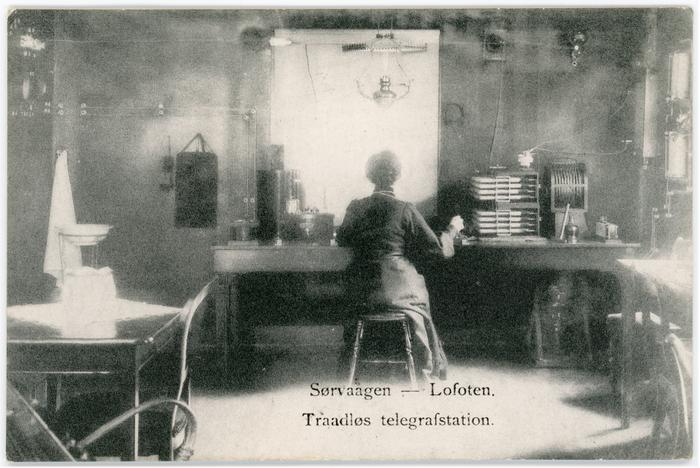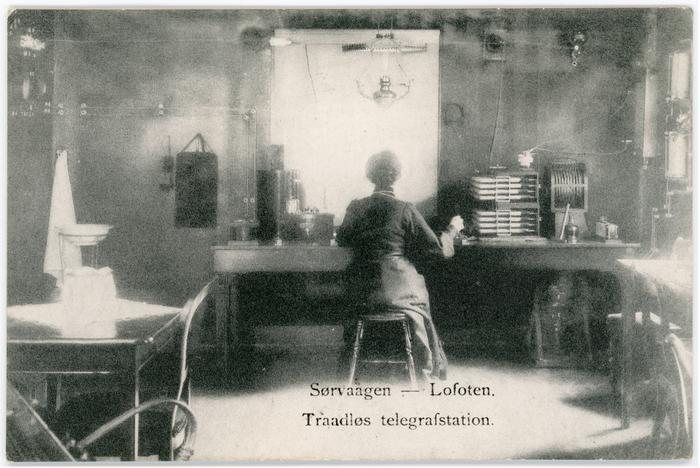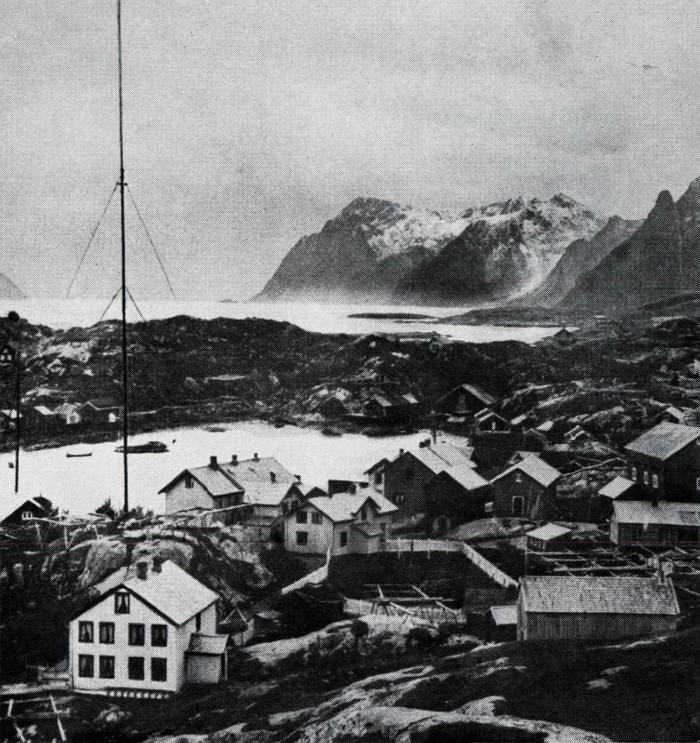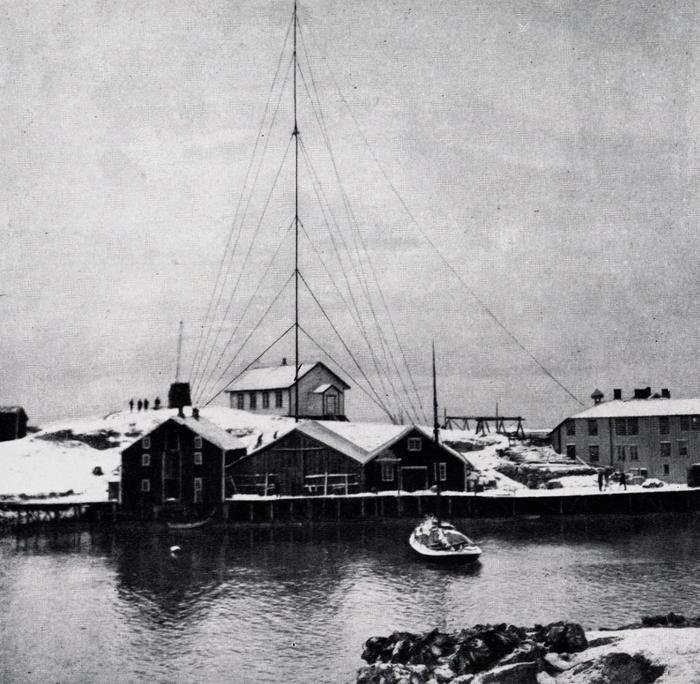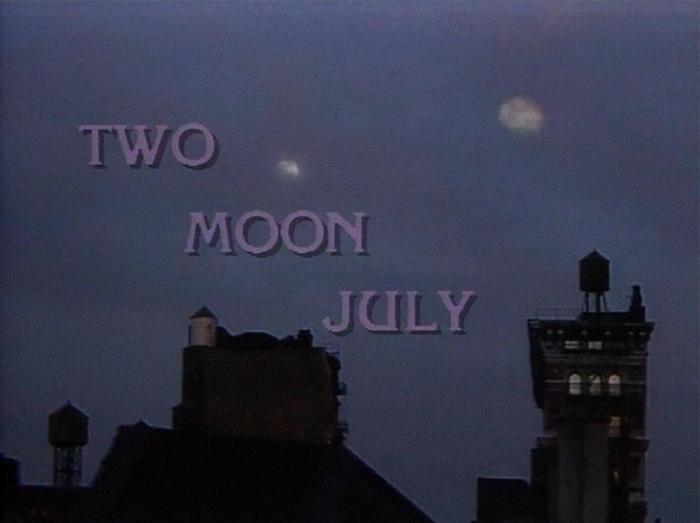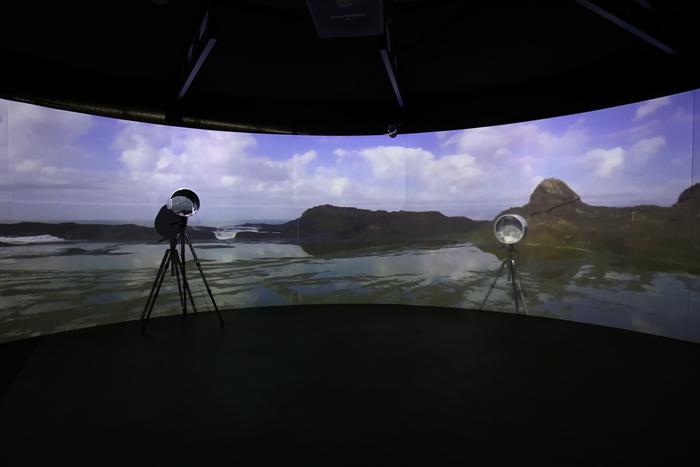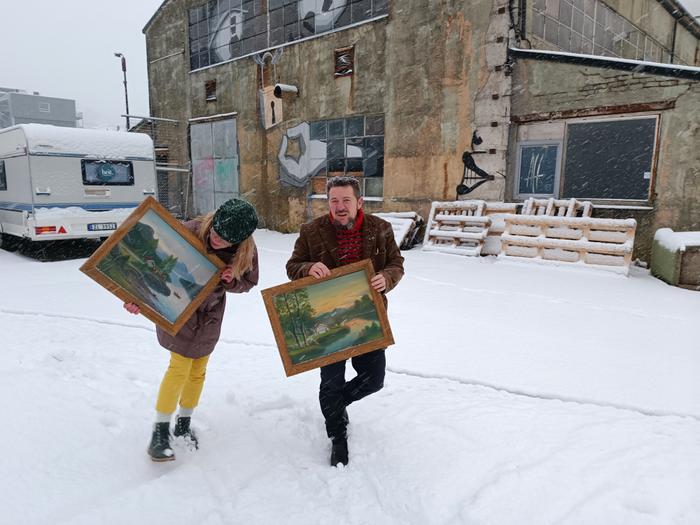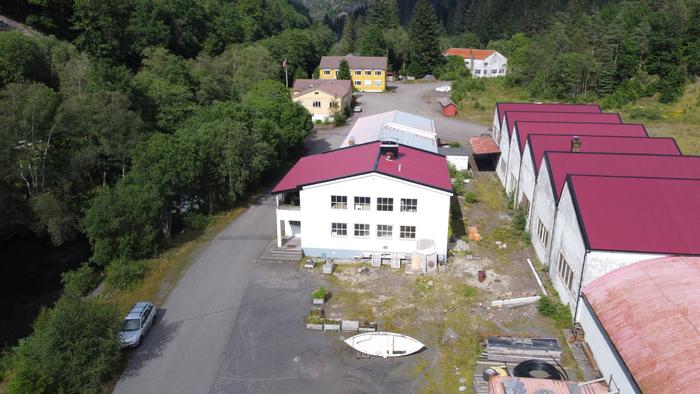The name ‘telegraph’ is constructed from Ancient Greek meaning ‘writing at a distance.’ As the Norwegian journalist rightly observed, the wireless telegraph system eliminated space as a communication constraint. The electrical currents caused an expanded conception of the current; instead of one-to-one communication through wires, the signals through air allowed distant places, like the Lofoten archipelago, to communicate concurrently—in one or more directions—with a global network. But the journalist’s future speculations have not yet been entirely fulfilled: How can signals be transmitted ‘from a far’ in a way that overcome not only space but also time?
Throughout the 20th Century, artists have often looked to the past to engage with contemporary concerns. During the last two decades, artists have increasingly engaged with local history, regionalist situatedness, peripheral areas, remote figures and events, and local material histories in order to explore the interdependency between local contexts and global entanglements—underpinned by a renewed interest in the relation between ethics and aesthetics.
Today, contemporary artists regenerate local, cultural, and natural heritage, seeking guidance and remedies for current and future challenges. Artists engage in the transmission of ethical signals concurrently through time and space—in one or more directions—from the current, through the local past, to change the global future.
How have artists, curators, philosophers, and art theorists used local heritage for current critiques? How can this tendency be historized and theorized? Which projects are forgotten forerunners in the arts-based turn to local heritage? How do contemporary art practices negotiate between art, cultural and/or natural heritage to provide ethical remedies for the challenges that lie ahead?
With this Open Call for Metode vol. 3, we invite scholars and artists to write experimental essays that are intellectually rigorous, visually compelling, and methodologically innovative. We encourage a consolidated research framework driven by cocreation, in which theorists and practitioners closely collaborate in the conceptualization, writing process, and visual experimentation.
About LIAF and Metode
Currents is a collaboration project between Metode and Lofoten International Art Festival (LIAF) 2024. LIAF is the longest-running art biennial in Scandinavia, presenting works by local and international artists in a location-conscious context. This year's festival, its 18th edition, is curated by Kjersti Solbakken. LIAF aspires to be an open, experimental, and accessible meeting place for artists, contributors, collaborators, and audiences. LIAF has no fixed arena but takes place in different locations in Lofoten each time. Since 2009, the festival has been run by North Norwegian Art Centre. LIAF has its own artistic council.
LIAF 2024 will be held in Svolvær between 20 September and 20 October 2024, and will consist of a comprehensive exhibition across several venues, lectures and readings, performances, concerts, and artist talks. For more information about the programme, artists, partners, and supporters: www.nnks.no
The online journal platform Metode publishes essays in the fields of art and architecture. The essays are developed through experimental, intellectual cocreation, and collaborative methods. The journal’s open, in-depth peer review method aims to offer theorists and practitioners a discursive platform for generating original and compelling critical thinking on art, architecture, design, and aesthetics that challenge conventional academic publication formats and disseminations. We invite artists, designers, and architects to unite with scholars from the humanities to explore creative and risky ways of assembling knowledge through words and works.
Metode is run by ROM for kunst og arkitektur: Ingrid Halland (founder and editor-in-chief), Gjertrud Steinsvåg (project leader), and Solveig Tjetland (editoral assistant). The editorial board consists of Malin Graesse, Hanne Hammer Stien, Petrine Vinje, Wolfgang Hottner, Gunhild Mathea Olaussen, Victoria Bugge Øye, Gustav Jørgen Pedersen, and Anna Ulrikke Andersen.
Keynote essays
Editors of Currents are Kjersti Solbakken (curator of LIAF 24) and Ingrid Halland (editor-in-chief of Metode). Four keynote writers will develop essays and engage with the group of participants throughout 2024: writer Sigbjørn Skåden (Sápmi/Norway), interdisciplinary artist and writer Kameelah Janan Rasheed (US), curator and writer Alison Burstein (US), and composer and scholar You Nakai (Japan). The keynote essays will be published during the opening weekend of LIAF 2024 (20 – 22 September).
Submission / application
In order to apply to be a participant in Currents, submit either 1) a full essay draft or 2) a comprehensive project description for your essay by 7. May 2024 to metode@r-o-m.no. The full draft or project description should include sample visual material and a bibliography, and could be between 2000 and 5000 words.
All submissions will be evaluated by Metode’s editorial board. If accepted, the authors will be invited to undergo an in-depth, transparent, and stimulating peer-review process with the editorial board and affiliated scholars. This process will take place as full-day workshops, in which new drafts will be submitted before each workshop:
The first workshop will be Wednesday 12 June 12:00 – 16:00 CET (hybrid event in Oslo and online).
The second workshop (a two-days’ workshop) will be Monday 23 September 12:00 – 16:00 CET and Tuesday 24 September 12:00 – 16:00 CET at Kunstnerhuset, Nordnorsk Kunstnersenter in Svolvær, Lofoten, Norway (online participation will be possible). The second workshop will take place after the opening weekend of LIAF 2024 (20 – 22 September) in Svolvær. Travel support can be arranged in dialogue with the editors.
The third workshop will be Friday 15 November 12:00 – 16:00 CET (hybrid event in Oslo and online).
The final essays from the Open Call will be published in January 2025.
Metode was launched in 2022 with generous support from the Norwegian Ministry of Foreign Affairs
